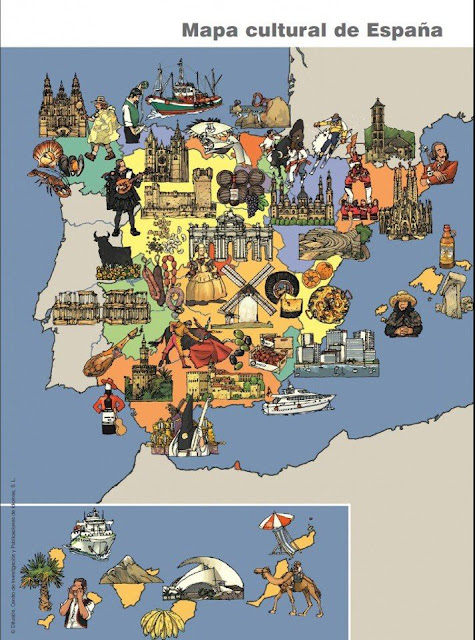THE GIRALDA TOWER AND TOWER OF GOLD
LA GIRALDA TOWER
Giralda is the name given to the bell tower of the Cathedral of Santa María de la Sede of the city of Seville, in Andalusia (Spain). The lower two thirds of the tower correspond to the minaret of the old mosque of the city, from the late twelfth century, in the Almohad period, while the upper third is a construction superimposed in Christian times to house the bells. At its top there is a ball called a jar on which stands the Giraldillo.The Giralda measures 94.69 meters in height, including the Giraldillo, which measures 7.69 meters.1 It was for centuries the tallest tower in Spain, as well as one of the highest and most famous buildings in Europe (by comparison; the Tower of Pisa measures 55.8 m and the Big Ben 96.3 m). On December 29, 1928 it was declared a National Heritage and in 1987 it integrated the list of World Heritage Sites.2 Its unique and original architecture of exact quadrangular forms, adorned with turrets and pinnacles, has served as inspiration for a multitude of later towers in United States, Russia, Poland and other countries of the world.
TOWER OF GOLD
The Torre del Oro of Seville is an albarrana tower located on the left bank of the Guadalquivir River, in the city of Seville, autonomous community of Andalusia, Spain, next to the bullring of La Maestranza. Its height is 36 meters. Possibly its name in Arabic was Bury al-dahab, Borg to the Azahar, 4 or Borg-al-Azajal5 in reference to its golden shine that was reflected on the river. During the restoration works of 2005, it was shown that this brightness, which until then a false legend attributed to a tile covering, was due to a mixture of lime mortar and pressed straw.6 7It is a tower formed by three bodies, The first body, dodecagonal, was built between 1220 and 1221 by order of the Almohad governor of Seville, Abù l-Ulà. As for the second body, also dodecagonal was built by Pedro I the cruel in the fourteenth century, a hypothesis that has been confirmed by archaeological studies. Finally, the upper body, cylindrical and topped with a golden dome, was built in 1760 by the military engineer Sebastian Van der Borcht after the Lisbon earthquake of 1755.





Comments
Post a Comment